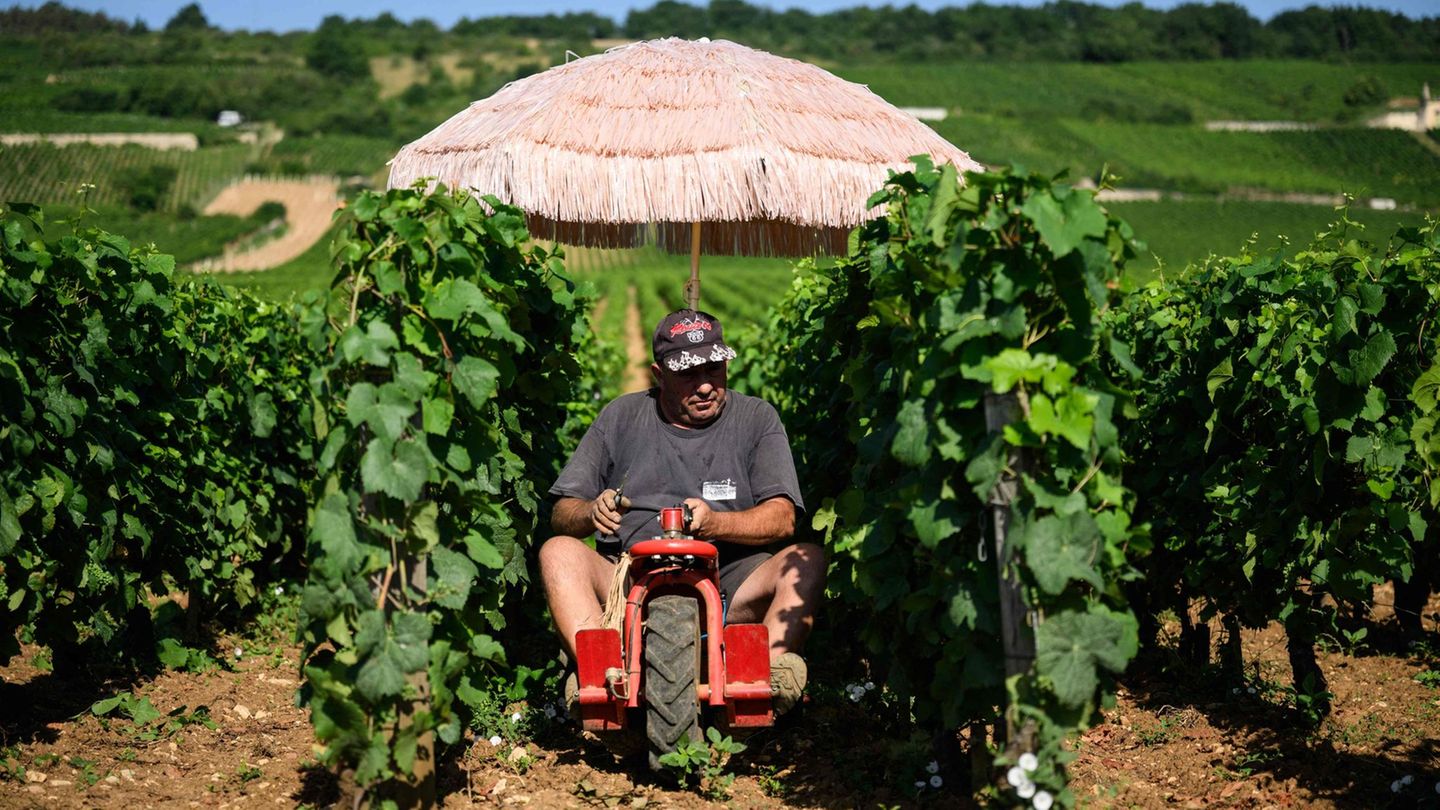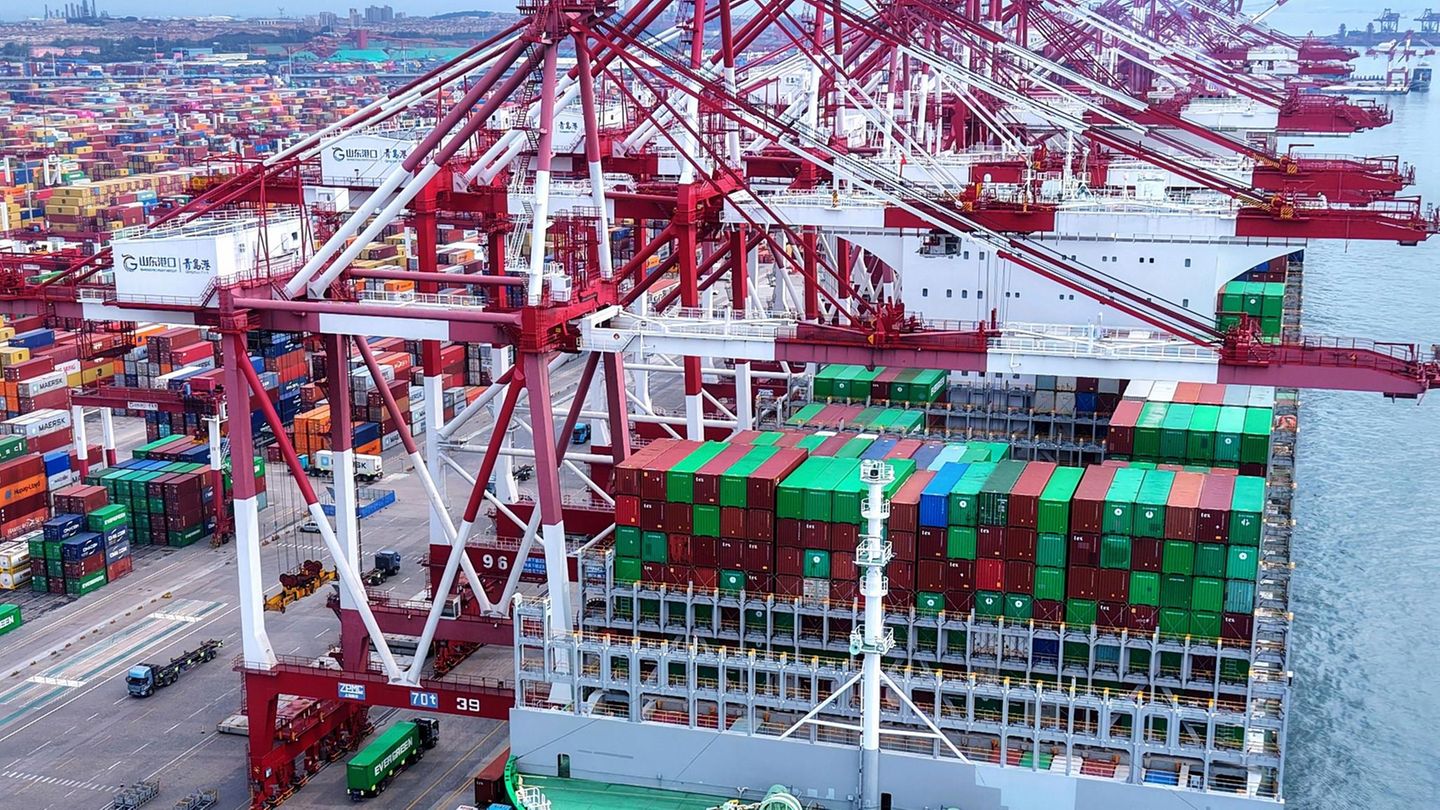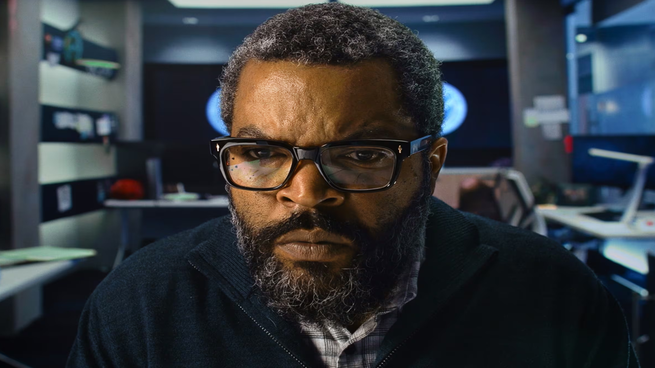The election in Slovenia is overshadowed by the duel in France. But it also has a European dimension: it decides whether a right-wing and Orban ally stays in power.
Almost 1.7 million Slovenes were called today to elect a new parliament. The outcome of the vote will decide whether Prime Minister Janez Jansa, who has been in power for two years, will remain in power.
By 11:00 a.m., 21 percent of those eligible to vote cast their votes, according to the State Electoral Commission. That is four percentage points more than in the previous election in 2018.
The polling stations were scheduled to close at 7 p.m. It was then planned to announce the results of election day polls. The last opinion polls before the election saw Jansa’s right-wing national SDS and the liberal freedom movement of career changer Robert Golob neck and neck.
Absolute majority unlikely
However, both groups are far from an absolute majority. Jansa should find it more difficult to find partners for a majority coalition. Golob, on the other hand, can count on the support of the centre-left parties that ruled before 2020.
Jansa cast his vote in his commune of residence, Sentilj near Velenje, in the morning. “This election will not only decide about the next four, but about the next ten years,” he told journalists. Golob (55) had to vote by post because he had contracted the corona virus. On Sunday he was still in domestic isolation in his hometown of Nova Gorica in western Slovenia. He only had mild symptoms and was looking forward to recovery, Golob emphasized.
Until recently, the qualified electrical engineer was general director of the state electricity trading company Gen-I, which he had managed since 2006. At the end of last year, Jansa arranged for his contract not to be extended. Golob then took over a small Green Party and transformed it into the freedom movement, with which he now challenged Jansa.
Close Orban ally
The 63-year-old Jansa was Prime Minister from 2004 to 2008 and from 2012 to 2013. Critics accuse him of corruption and authoritarian government. During the short Slovenian war of independence in the summer of 1991, the defense minister tried to bring the media and the judiciary under his control. During the election campaign, he used government resources for his SDS party. He often rudely attacks political opponents and journalists via the short message service Twitter.
Jansa is a close ally of right-wing Hungarian Prime Minister Viktor Orban. Hungarian businessmen who depend on Orban have been financing the SDS party’s television stations, newspapers and Internet portals for years. Under Jansa, the EU country Slovenia moved closer to the “illiberal” axis formed by the EU-sceptical governments in Budapest and Warsaw.
Jansa came to his last government office in early 2020 when the centre-left coalition formed in 2018 collapsed. MPs from two small parties who were part of this coalition defected to Jansa. In this way, his right-wing coalition achieved a wafer-thin majority in the 90-seat parliament.
Source: Stern
David William is a talented author who has made a name for himself in the world of writing. He is a professional author who writes on a wide range of topics, from general interest to opinion news. David is currently working as a writer at 24 hours worlds where he brings his unique perspective and in-depth research to his articles, making them both informative and engaging.




